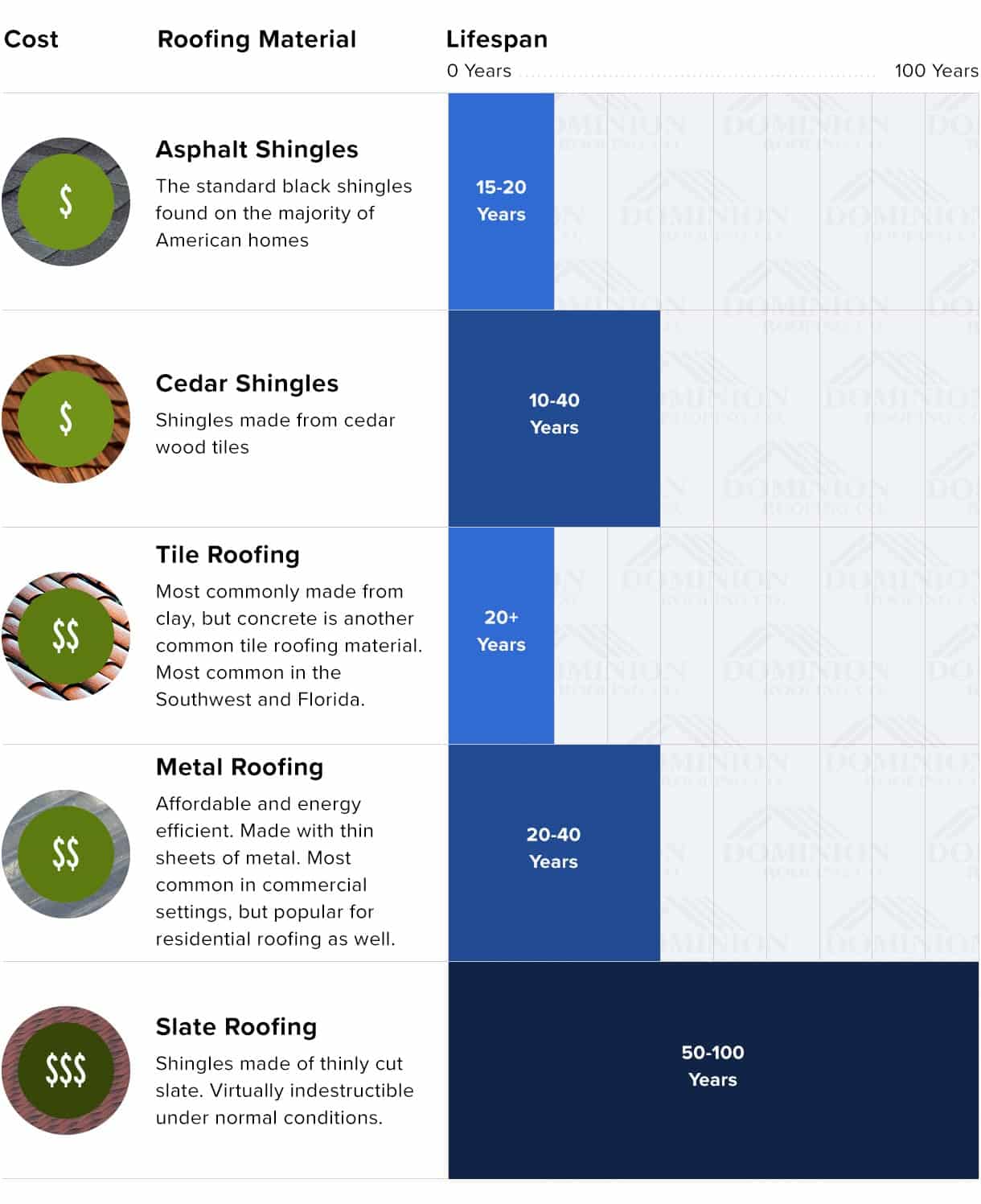Explore The Complicated Realm Of Photovoltaic Development And Reveal The Fascinating Process Through Which Sunlight Is Exchanged A Usable Source Of Power
Explore The Complicated Realm Of Photovoltaic Development And Reveal The Fascinating Process Through Which Sunlight Is Exchanged A Usable Source Of Power
Blog Article
Material By-Espensen Eskildsen
So, you've read about photovoltaic panels and their potential to produce electrical energy from sunlight, but how precisely do they function? Understanding the elaborate modern technology behind solar panels can be a remarkable trip into the world of renewable energy. From the standard principles of solar batteries to the complex elements that make up a solar panel system, there's an entire world of understanding waiting to be checked out. Allow's unravel the mysteries of photovoltaic panel modern technology together.
Solar Panel Modern Technology Principles
To absolutely realize the significance of photovoltaic panel innovation, you must explore the fundamental concepts that underpin its performance. solar tube installation contain photovoltaic cells, generally made from silicon, which have the remarkable ability to transform sunlight right into electrical energy with the photovoltaic or pv impact. When sunlight hits the cells, the photons in the light interact with the silicon atoms, causing the electrons to break free from their atomic bonds. This develops an electrical current that can after that be utilized for powering numerous devices.
The key element of photovoltaic panels is the semiconductors within the solar batteries, which help with the conversion of sunshine into useful electrical power. These semiconductors have both favorable and adverse layers, developing an electric area that enables the circulation of electrons.
solar panel system installation of electrons, when attached in a circuit, generates direct current (DC) power. Understanding these fundamental principles is critical for valuing just how solar panels can harness the sun's energy to power homes, organizations, and even satellites in space.
How Solar Panels Generate Electrical Power
Solar panels harness the sun's power by converting sunshine right into electrical energy with a process known as the solar result. When sunlight hits the solar panels, the photons (light particles) are soaked up by the semiconducting products within the panels, normally made of silicon. This absorption creates an electric existing as the photons knock electrons loosened from the atoms within the material.
The electric areas within the solar batteries after that force these electrons to move in a specific instructions, producing a direct current (DC) of electrical energy. This direct current is after that travelled through an inverter, which converts it into rotating existing (A/C) electrical energy that can be utilized to power your home or company.
Excess electrical energy created by the solar panels can be stored in batteries for later usage or fed back into the grid for credit rating via a process called web metering. Recognizing how photovoltaic panels create electrical energy is essential to appreciating the ecological and cost-saving benefits of solar power systems.
Recognizing Solar Panel Elements
One vital element of photovoltaic panel innovation is comprehending the various elements that compose a solar panel system.
The crucial elements of a photovoltaic panel system consist of the photovoltaic panels themselves, which are comprised of photovoltaic cells that transform sunlight into electrical energy. These panels are installed on a structure, frequently a roof covering, to record sunshine.
Along with the panels, there are inverters that transform the direct existing (DC) electricity produced by the panels into alternating present (AC) power that can be utilized in homes or organizations.
The system additionally includes racking to sustain and place the photovoltaic panels for optimal sunlight direct exposure. Additionally, cords and connectors are essential for moving the electrical energy produced by the panels to the electric system of a structure.
Last but not least, a monitoring system might be consisted of to track the efficiency of the solar panel system and ensure it's functioning successfully. Recognizing best solar panels for residential is essential for anyone looking to install or utilize photovoltaic panel innovation successfully.
Final thought
Since you understand the fundamentals of solar panel modern technology and how it works, you can appreciate the power of utilizing sunlight to produce tidy and renewable energy for your building. By using the photovoltaic or pv effect and elements like inverters and checking systems, you can add to a much more lasting future while also possibly reducing power expenses. Maintain understanding and exploring the opportunities of solar power for a greener tomorrow.
